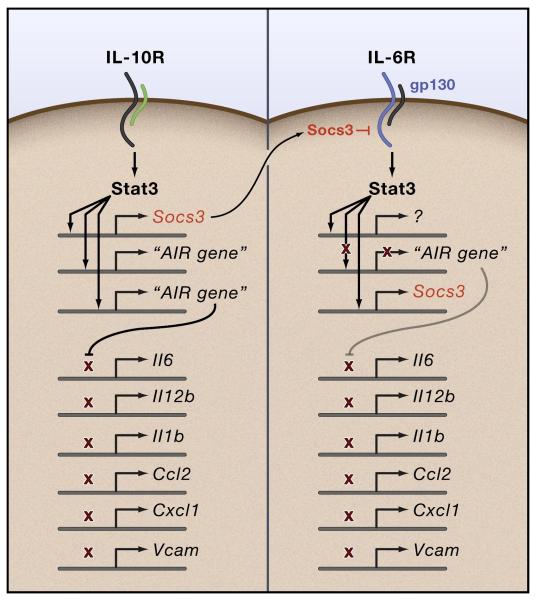Figure 3. Mechanisms associated with Socs3-mediated suppression of anti-inflammatory signaling by the IL-6R.
The left side depicts IL-10 signaling in a macrophage activated by the TLR pathway (or other similar inflammatory stimuli). Socs3 expression is strongly induced by IL-10, along with the Stat3-dependent genes whose products regulate the anti-inflammatory signaling system (‘anti-inflammatory response’ AIR gene) illustrated as inhibiting the expression at the transcriptional level of classic pro-inflammatory genes. On the right side is shown IL-6 signaling via gp130, which also activates Socs3 and other genes. Unlike the IL-10R, the IL-6R cannot activate the expression of the AIR gene(s) unless Socs3 is absent. Thus, IL-6 and IL-10 (and any other receptors that activate Socs3 expression in macrophages) enforce the inability of the IL-6R to produce the anti-inflammatory response. Note that Socs3 (or any other Socs protein) does not inhibit the IL-10R.

